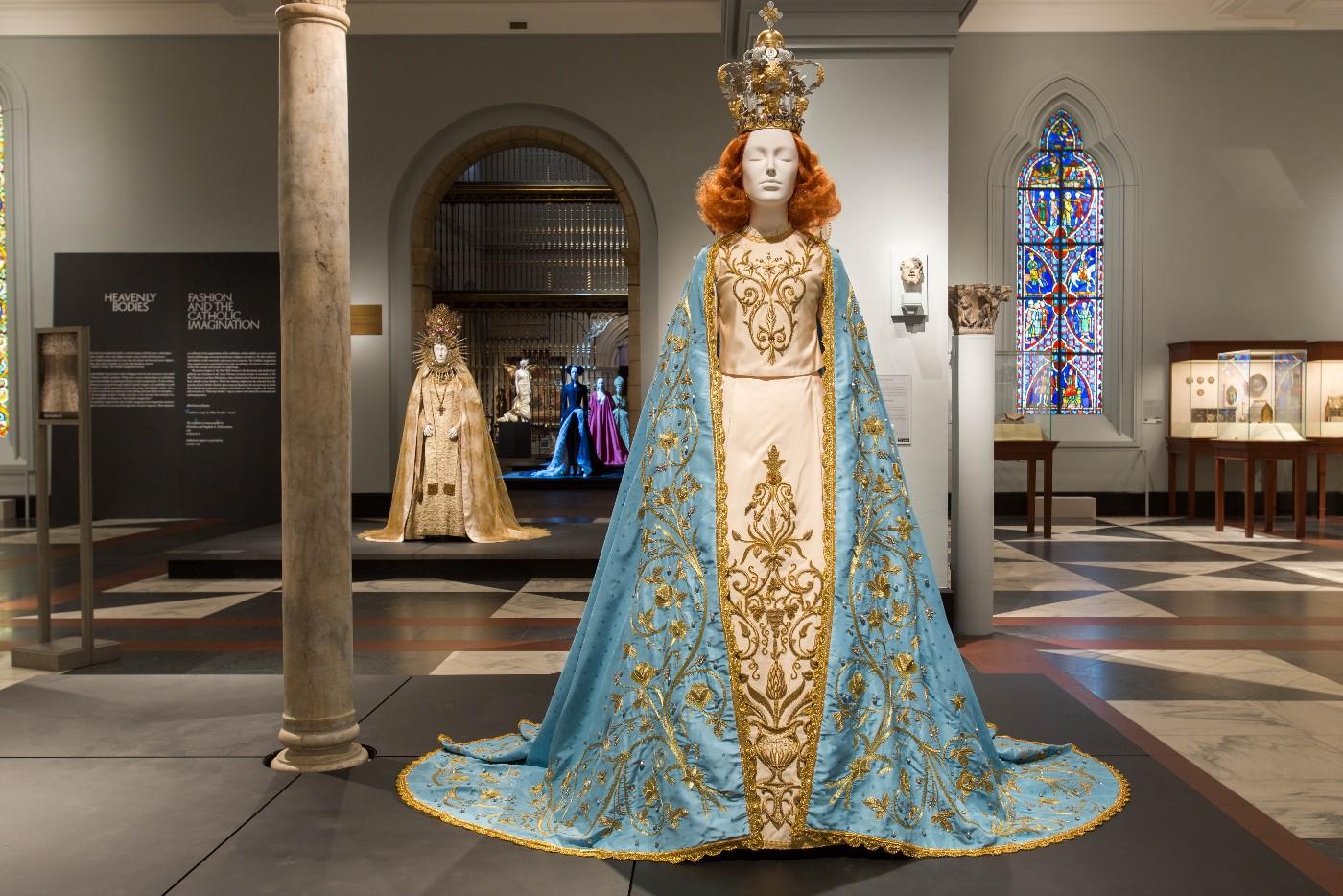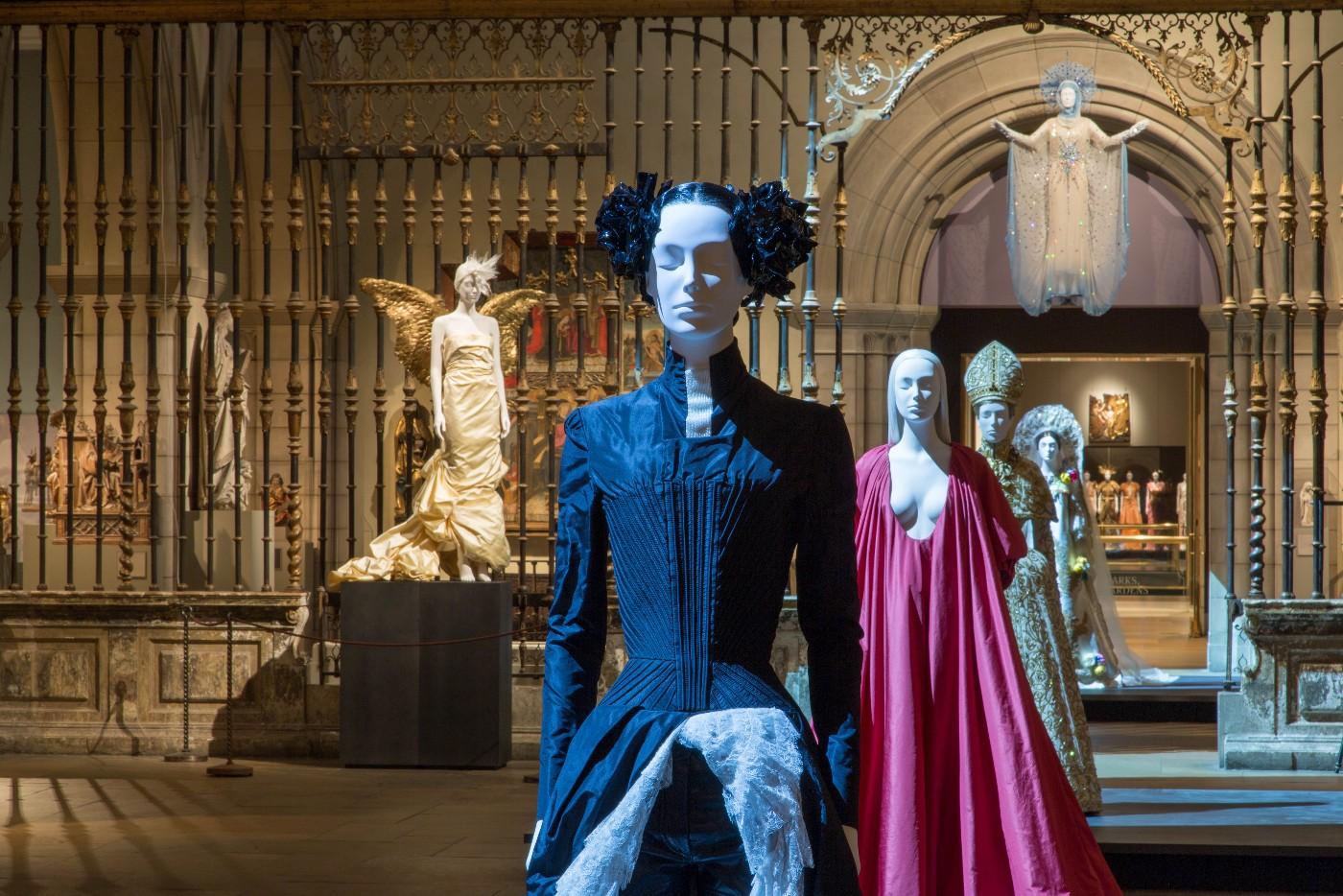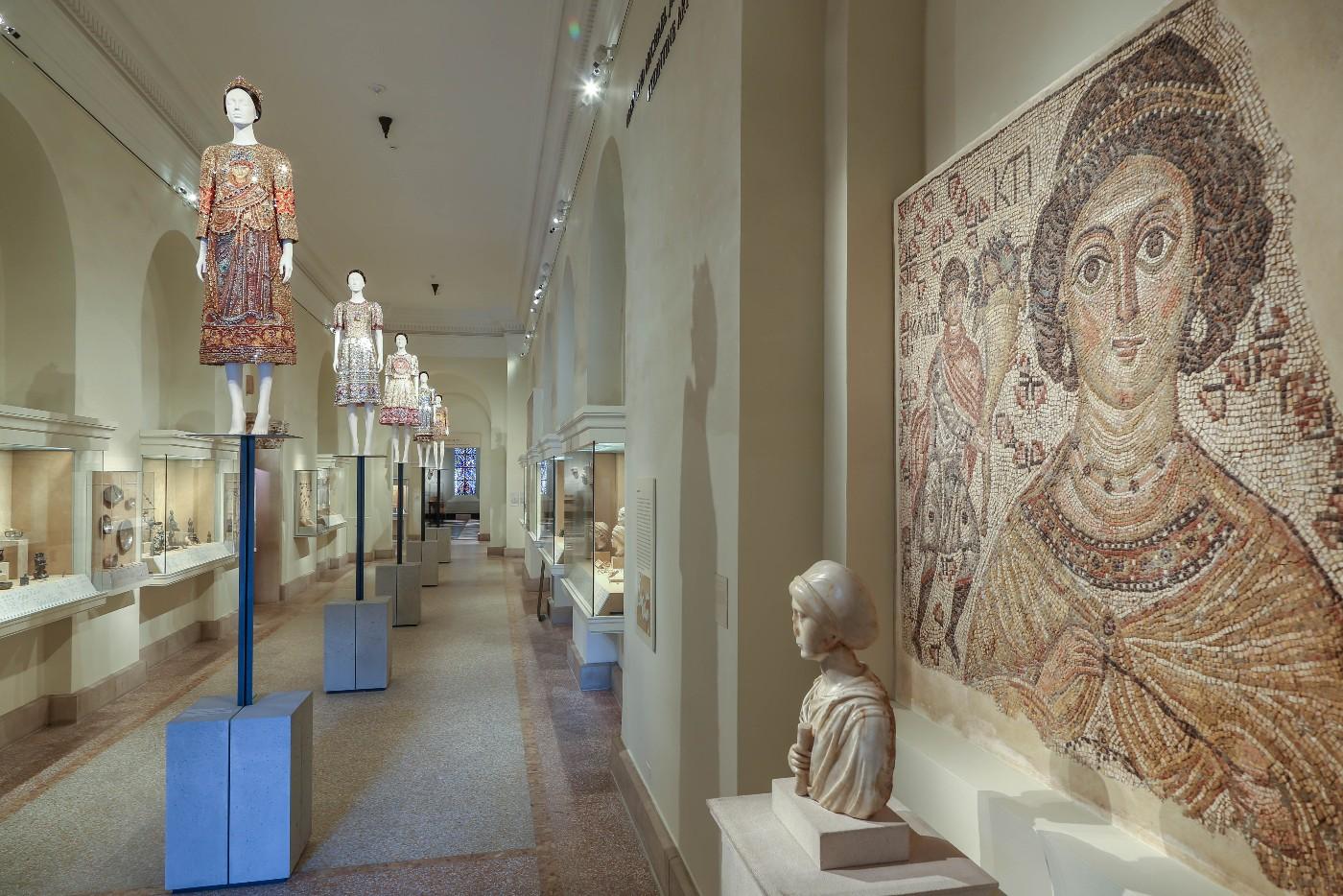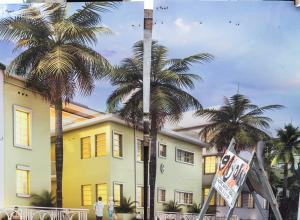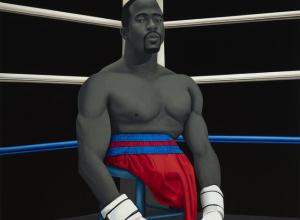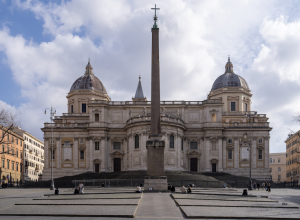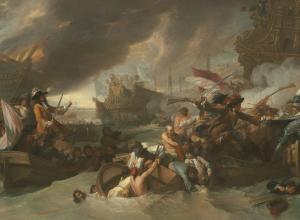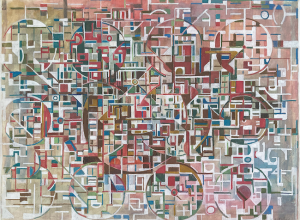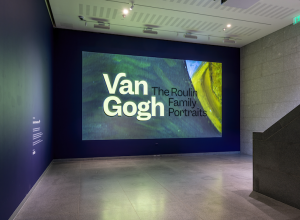The aesthetic connections across time and place are stunning–the pairing of bejeweled dresses from Dolce & Gabbana’s 2013-2014 autumn/winter and Byzantine mosaics is particularly strong. The placement of new material culture among older artifacts allows any visitor to draw stark, clear conclusions on the power of the church in shaping Western visual culture over thousands of years. Much of the explanatory material to help make these connections is filled in via extensive digital content on the museum’s website, and the displays would benefit from more labels and context.
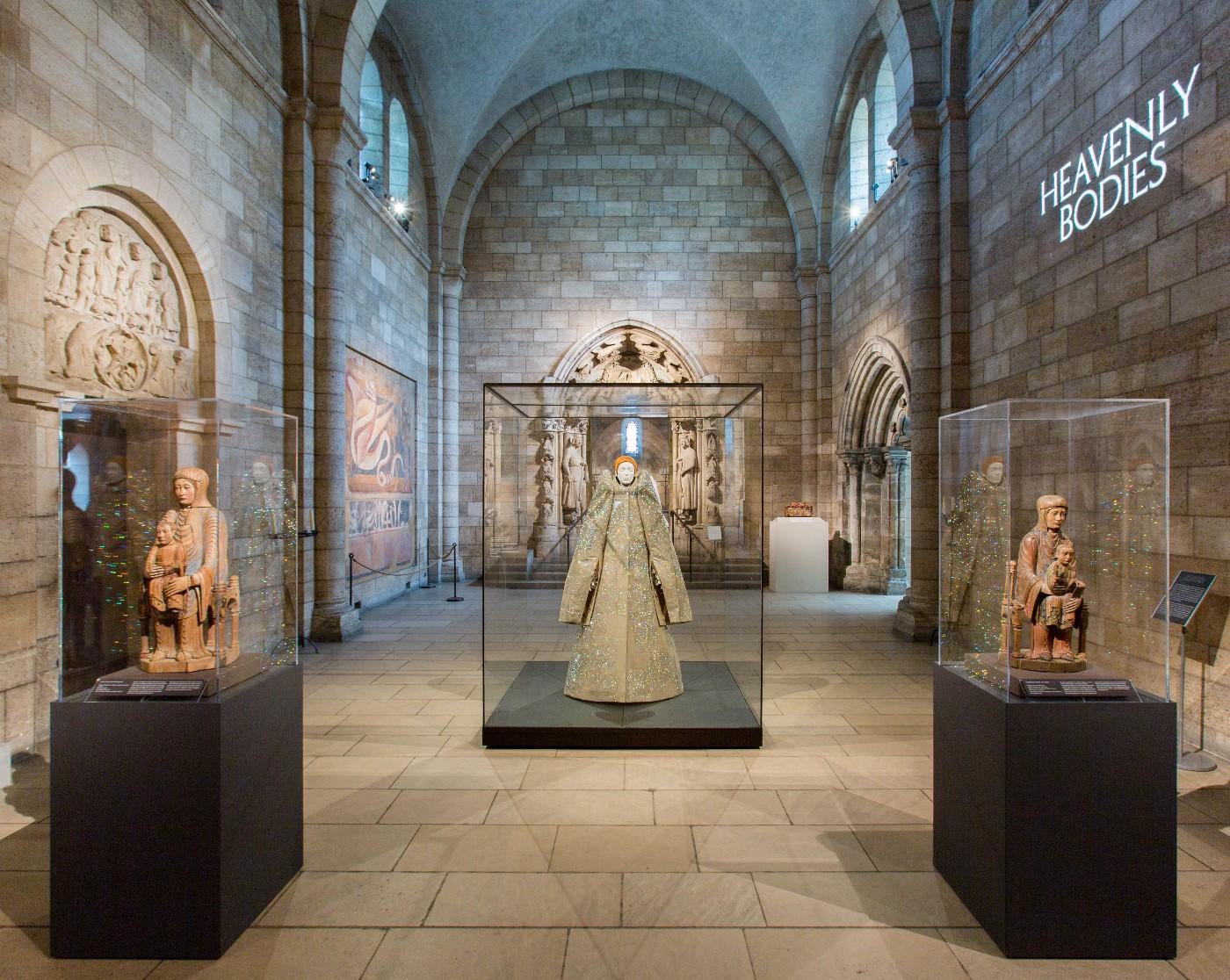
The Met Cloisters Gallery View, Romanesque Hall
The Metropolitan Museum of Art’s exhibition, Heavenly Bodies: Fashion and the Catholic Imagination, sprawls across the Fifth Avenue location’s Medieval, Byzantine, and Lehman galleries and its Anna Wintour Costume Center, as well as the Met Cloisters further uptown. The garments and artifacts in the show derive from two sources: luxury fashion by courtier names such as Versace, Gallino, and Gualtier, dated from the 1980s through today (plus a few pieces from earlier in the 20th century); and papal vestments and accessories, including the Keys to St. Peter’s, jewel encrusted brooches and crowns, and gold threaded ceremonial garb, drawn from Vatican collections. The former are placed among the art and material culture already in the galleries and Cloisters, while the latter fill the Costume Center.
In the Met Fifth Avenue Galleries, the deftly curated selection of contemporary fashion stuns, draped on stark-white, lithe, mannequins perched on high stilts or at ground level, among and around the medieval objects regularly on display. This portion of the exhibition is arranged by theme–garments inspired by Byzantine mosaics in one room; pieces drawing on Marian traditions in another; fashions patterned after earthly orders of priests, monks, and nuns in an adjacent gallery, and so forth.
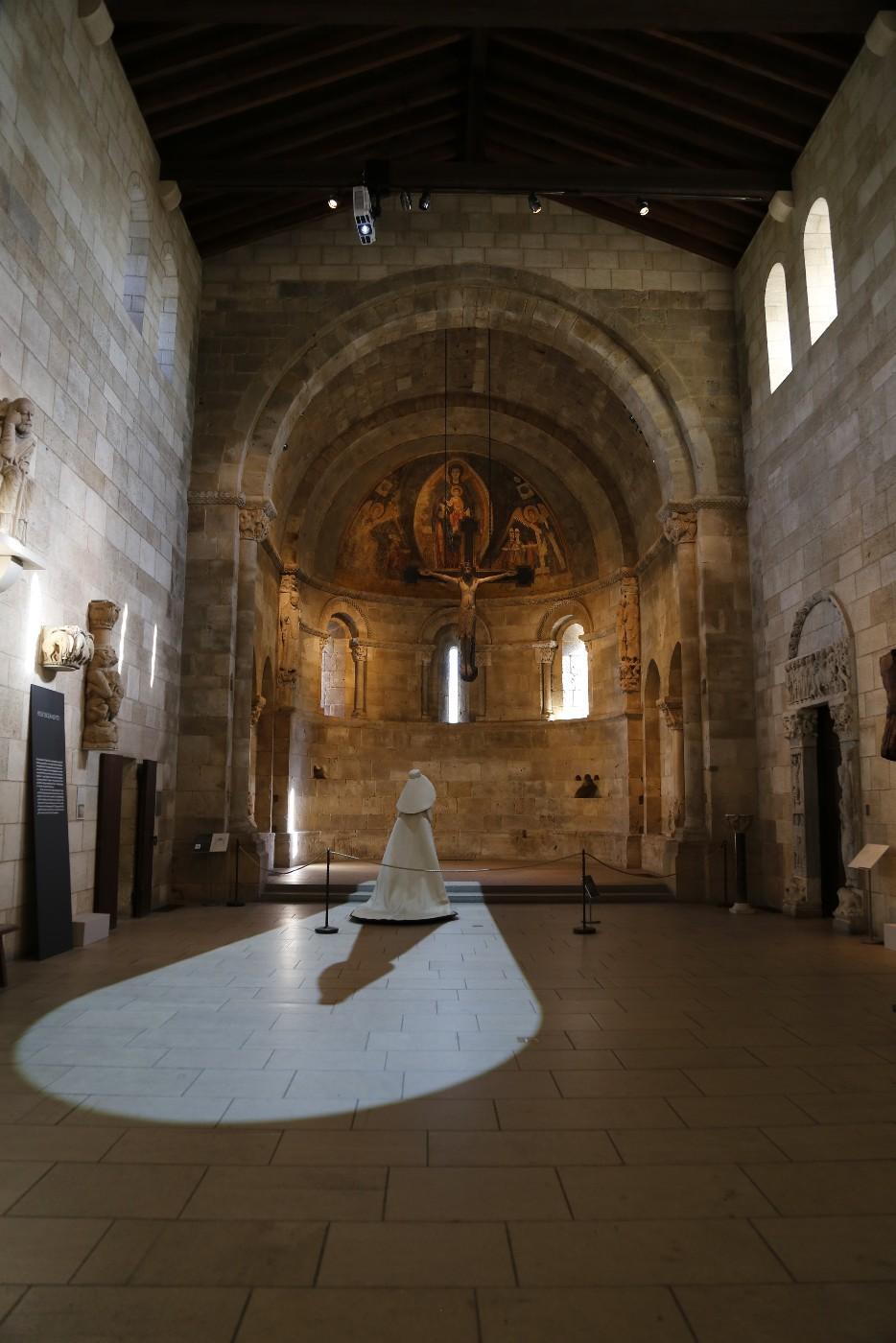
The Met Cloisters Gallery View, Fuentidueña Chapel
Downstairs in the Wintour Costume Center, sumptuous liturgical vestments and accoutrement from Vatican collections are displayed in glass cases without mannequin forms. It is unclear whether this is a nod to papal power that transcends the earthly body (perhaps a decision dictated by the Catholic Church), or a critique of couture conventions in mannequins (whose mostly white, standardized bodies are not applicable to this portion of the show). Again, the exhibition could benefit from transparency and interpretive material related to curatorial choices like these. Likewise, the Costume Center section could have drawn more deliberate connections to the upstairs portions of Heavenly Bodies.
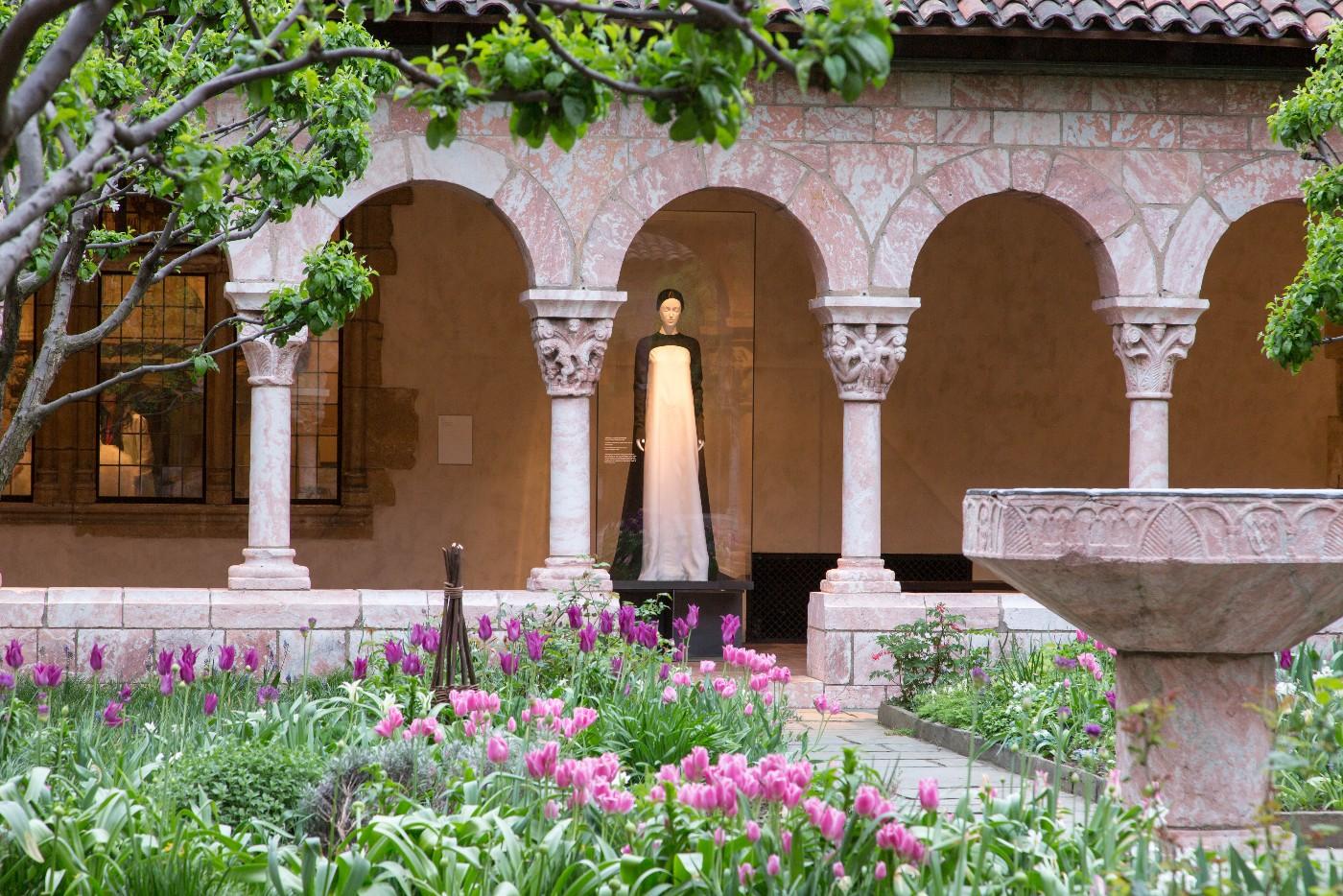
The Met Cloisters Gallery View, Cuxa Cloister
Despite these gaps in context and didactic materials, Heavenly Bodies delights. Selections from contemporary high fashion and the Vatican collections are equally awe-inspiring in beauty, form and craftsmanship. The Met relied on the splendor of the objects, as well as thematic overlay with its high profile, chock-full-of-influencers Gala, to bring in the crowds for this summer blockbuster. And indeed, the public has paid witness to this spectacle of a show.
Heavenly Bodies is on view at the Met Fifth Avenue and the Met Cloisters through October 8.




